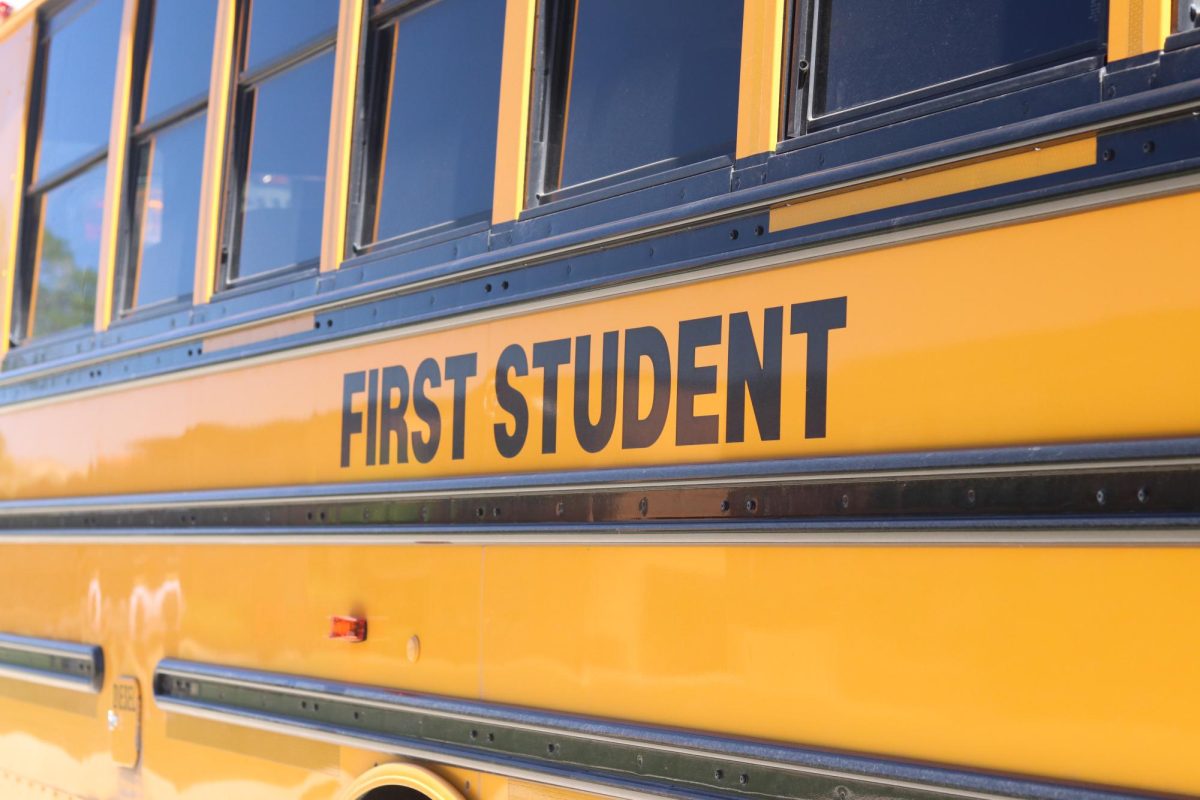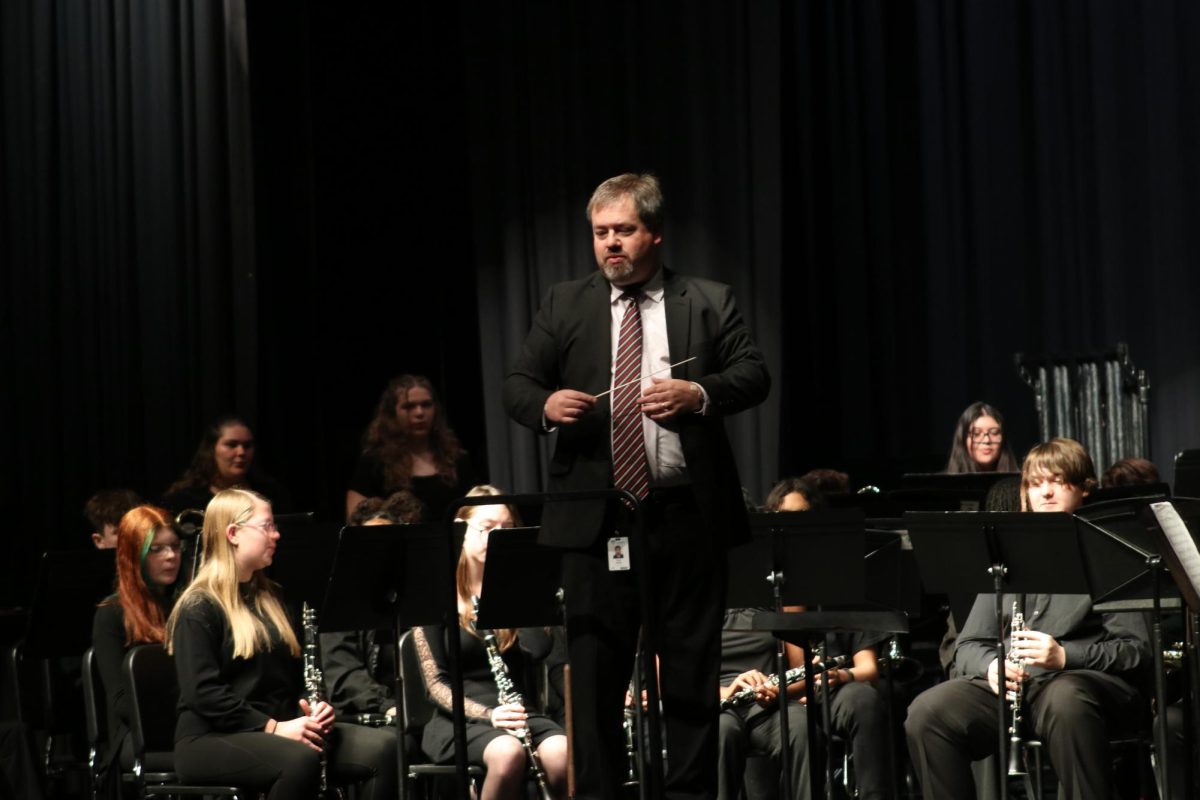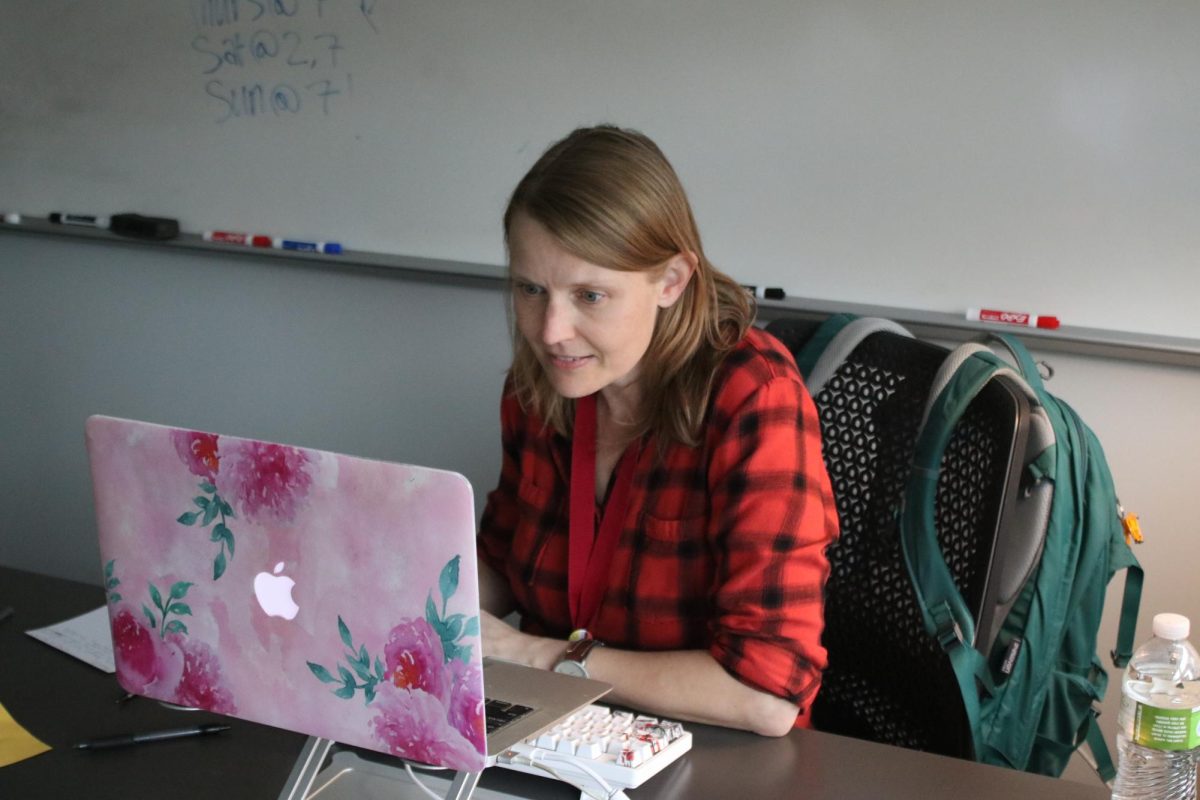Seven years ago, Lawrence schools enjoyed a financial boom.
The district hired new teachers, lowered class sizes and increased salaries. The changes came thanks to a Kansas Supreme Court case Montoy v. State that pushed the Kansas Legislature to spend more money on public education. But during the past few years, money has been tighter leading to a January court decision that declared public schools are underfunded.
The base state aid per pupil fell from a peak of $4,400 during the 2008-2009 school year to $3,838 now, cuts first driven by the recession.
It’s forced a new showdown between Kansas school districts suing the state and state lawmakers angry at a recent court ruling that said they weren’t doing enough to fund public education.
Lawrence USD 497 hasn’t joined the lawsuit, but school board president Vanessa Sanburn said the district is feeling the financial pinch.
“Almost 10 percent cut in base state aid per pupil occurred,” Sanburn said. “So we’ve had to raise class sizes and cut programming and close an elementary school and merge the early childhood center with Kennedy and all sorts of program changes that were in the wrong direction, but as a local board, our hands are tied.”
SHOWDOWN
A panel of three judges in January decided the Legislature’s funding of public education was unconstitutional.
In 2010, the state was sued by students, parents and four school districts (Wichita USD 259, Hutchinson USD 308, Dodge City USD 443 and Kansas City USD 500). Their contention: The state constitution requires the Legislature to “makwe suitable provision for finance of the educational interests of the state” and it wasn’t living up to its duty.
Lawmakers, the court said, must raise the base state aid per pupil to $4,492, increasing the education budget by almost $500 million to fund public schools at a constitutional level. That would take the state to previous levels of funding set in the Montoy case.
“It confirms what we, Democrats and moderate Republicans, have been saying,” said Rep. Barbara Ballard, a Lawrence Democrat. “The cuts to education have gone way too far. We shouldn’t have cut so much from public education.”
But the conservative wing of the Republican party, which controls the Kansas House and Senate, recoiled. The state is appealing the decision.
“I do not believe the court has the authority to make the decision that they wrote,” said Sen. Steve Abrams, a Arkansas City Republican who chairs the Senate Education Committee.
The state is appealing the decision. While the court made a decision that would directly affect the state budget, the state constitution gives the Legislature authority over spending. As in the past, many lawmakers argue the courts have overstepped in determining how much money is required to provide a suitable education.
The case raises interesting questions about the separation of powers in government, said Richard Levy, professor of constitutional law at the University of Kansas.
“So this is another one of the pieces of this puzzle that make it unique and harder than most cases,” Levy said. “It also essentially puts the courts against the Legislature as a kind of who is going to get the upper hand in the tug of war over school funding?”
Some lawmakers struck back with bills that would amend the state constitution to prevent judges from dictating funding levels, change wording of the constitution to remove the “suitable” funding for education wording, or limit the ability of schools to file such lawsuits.
“The thing that scares me the most is this effort to change our constitution to where the Legislature has complete control and the checks and balances of school funding is done away with in this state,” Sanburn said.
FUTURE FUNDING FOR EDUCATION
Money matters in education.
The increase in district performance outcomes and increase in spending have almost a one-to-one relationship, meaning about a percent increase in spending saw a corresponding increase in performance, according to a 2006 study completed for the Legislature.
But due to the economic downturn in 2008, the state cut education funding by more than $450 million before the Montoy plan could be fully implemented.
“The economy was bad so we just had not funded it at the level we said we were going to fund it,” Ballard said. “Schools have been getting less money because the economy dictated part of that.”
Now, she said cuts also are driven by Gov. Sam Brownback’s income tax cuts. Brownback says those cuts will result in a stronger economy that will in turn bring in more taxes. But critics say schools will suffer.
“If the money is not coming in then you don’t have the money in order to be able to meet the needs that you have,” Ballard said.
Between 2009 and 2012, Lawrence USD 497 lost about $7 million in budget authority. That meant teachers and curriculum both suffered, school officials said.
For science teacher Ann Foster, the decrease in budget meant her classes had to give up some labs she considered an essential part of science curriculum.
“A lot of equipment we’ve tried to fix and can’t replace or get updated equipment,” Foster said. “Especially for AP Biology, I know a lot of molecular technology they are using in some of the other schools, we just don’t have the money for. Sometimes they [the students] are at a disadvantage because those labs I have to either find opportunities online to expose the students or use my own money or try to get donations from other sources, but it’s not equally funded, and the money everywhere is less and less.”
Departments share resources to make sure teachers get what they need.
“We make sure that [anatomy teacher Jo] Huntsinger has all of her cats, because that’s a huge part of her lab, and we make sure that the chemistry students have the appropriate amount of chemicals for the labs we can run,” Foster said. “I know we have some labs we can’t run anymore because of the price for silver nitrate, and we’ve learned how to use less and less. We make do with what we have. We use up what we have.”
EDUCATION IN KANSAS
Kansas ranks seventh nationally in education outcomes based on indicators such as graduation rates and test scores, while funding wise, the state ranks 27th nationally, according to the Kansas Association of School Boards. No state performs better than Kansas for less money.
“Currently we are the most efficient state by those indicators at getting positive outcomes for the money we put in,” Sanburn said. “I mean, is it enough? Certainly we are doing innovative and amazing things everyday at our schools, and I believe that our school district should be proud of the education kids get, but it’s tough and morale suffers when we are not able to continue to provide salary and resources and paraeducator support and all those things at a level that we should be for our teaching staff.”
One of the biggest contributing factors of Kansas’s high educational outcomes compared to its budget is the teachers, but in terms of teacher salary, Kansas ranks 40th in the nation.
“You are not a teacher because of the high pay and glory,” Foster said. “But it’s exhausting for the teachers, and I think it’s going to lead to disillusionment and burnout with a lot of the teachers because we’ve worked so hard for so long and what we do and our children aren’t valued. The product that we are creating doesn’t seem to be valued by our legislators, and that product is our children and their brains and our future, and they are tossing your future away. It just ticks me off.”
If current trends in education funds continue, it’s only a matter of time until a breaking point is reached.
“If it’s not already here, it’s not far away,” Foster said. “All the tax cutbacks, it’s degraded our tax base so badly. I’m worried.”














